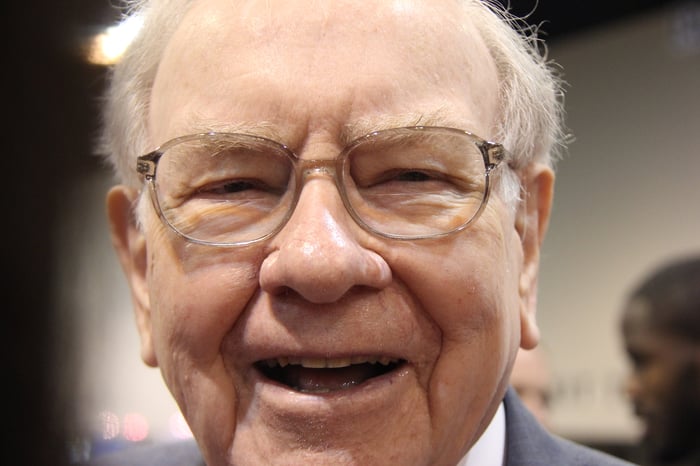Surge in Cocoa Prices Spurred by Short-Covering and Supply Concerns
On Friday, July ICE NY cocoa (CCN25) rose by +681 (+7.48%), while July ICE London cocoa #7 (CAN25) increased by +340 (+5.48%).
The rise in cocoa prices occurred following a federal appeals court’s decision to grant President Trump a temporary stay on a ruling that could impact tariffs. This keeps U.S. cocoa bean prices elevated compared to other regions.
Prior to this increase, cocoa prices had decreased significantly, with NY cocoa hitting a 2-1/2 week low on Thursday and London cocoa dropping to a 3-week low. Favorable weather in West Africa has contributed to this downward pressure by supporting crop development in the major cocoa-producing region.
Recent rebounds in cocoa inventories are bearish for prices. ICE-monitored cocoa stocks in U.S. ports climbed from a 21-year low of 1,263,493 bags on January 24 to an 8-1/4 month high of 2,201,950 bags as of Friday.
However, the slow pace of cocoa exports from the Ivory Coast may signal future supply constraints. Government data showed that farmers shipped 1.6 million metric tons (MMT) of cocoa from October 1 to May 25, marking a 9.6% year-over-year increase but slower than the 35% surge reported in December.
NY cocoa prices achieved a 3-3/4 month high last Tuesday amid concerns about weather conditions in West Africa. Despite recent rains, drought continues to affect over one-third of Ghana and the Ivory Coast, according to the African Flood and Drought Monitor.
Quality concerns regarding the Ivory Coast’s mid-crop—which is being harvested through September—are adding to price support. Processors have reported that 5% to 6% of the mid-crop cocoa in each truckload is of poor quality, up from 1% during the main crop.
Rabobank noted that the inferior quality of the mid-crop is linked to delayed rain, which hampered crop growth. The average forecast for this year’s mid-crop is 400,000 MT, a 9% decline from last year’s 440,000 MT.
Concerns are growing about weak consumer demand for cocoa products in light of high prices and tariff implications. On April 10, Barry Callebaut AG reduced its annual sales forecast due to rising cocoa prices and tariff uncertainties. Additionally, Hershey Co. reported a 14% drop in Q1 sales and expects $15-$20 million in tariff costs for Q2, which could increase chocolate prices and dampen consumer demand. Mondelez International also experienced weaker Q1 sales as consumers curtailed snack purchases amid economic uncertainty and high prices.
Despite these challenges, there are signs of better-than-expected global cocoa demand. Q1 North American cocoa grindings fell by 2.5% year-over-year to 110,278 MT, which was an improvement over forecasts of a 5% decline. Similarly, European cocoa grindings decreased by 3.7% to 353,522 MT, and Asian cocoa grinding saw a decline of 3.4% to 213,898 MT, both smaller than anticipated.
In Ghana, a smaller cocoa harvest is expected, further supporting prices. Cocobod, Ghana’s cocoa regulator, has again cut its 2024/25 harvest forecast to 617,500 MT, down 5% from an earlier estimate of 650,000 MT.
The International Cocoa Organization (ICCO) reported on February 28 that the global cocoa deficit for 2023/24 stands at 441,000 MT, marking the largest deficit in over six decades. Cocoa production for this period is projected to decline by 13.1% year-over-year to 4.380 MMT. The ICCO also indicated a global cocoa stocks-to-grindings ratio of 27.0%, a 46-year low, but forecasts a surplus of 142,000 MT for 2024/25, along with a production increase of 7.8% to 4.84 MMT.
On the date of publication, Rich Asplund did not hold positions in any of the mentioned securities. All information is for informational purposes only. Please view the Barchart Disclosure Policy for more details.
The views expressed herein do not necessarily reflect those of Nasdaq, Inc.



